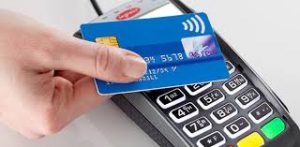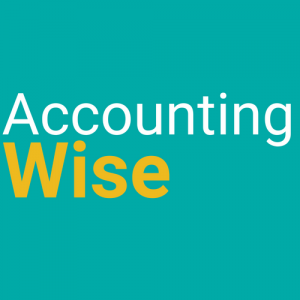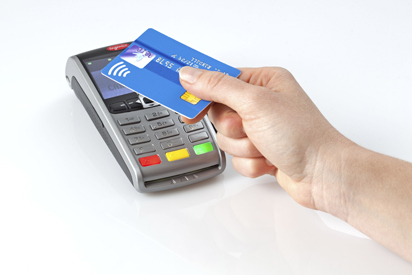How to Start Taking Card Payments at Your Small Business
Card payments are on the rise everywhere. Soon enough “can I pay in cash?” will be a more common question than “can I pay by card?”
It’s easy to see why this is. It’s often more convenient to just use your card than it is to withdraw money from a cash machine first. There’s no fiddling around with loose change and finding somewhere to put your stock pile of 1p coins. Contactless payments have made this even easier.
However, two thirds of British small to medium enterprises (SMEs) still don’t accept card payments. This is partly due to costs and partly because some businesses are unsure how to start taking card payments for the first time. If you’re interested in learning how you can start, read on.
Benefits of taking card payments
First of all, what are the benefits? You might be concerned about the costs associated with taking card payments. You certainly wouldn’t be alone. However, accepting card payments is something more customers expect these days. Many people simply don’t carry cash around.
If someone walks into your shop you want them to be able to buy things easily and without hassle so they come back in the future. Therefore, it makes sense for businesses to accept card payments to make the buying process easier for the average customer who might not have cash on them.
Not accepting card payments might mean you’ll have to turn customers away, which is never good for a business that wants to grow.
Understand the process
The process of collecting payments via card is a bit more complicated than many think. Everyone involved in processing a payment requires some form of payment from you, the merchant.
The process involves a card issuer (the bank providing the card to the customer), the acquirer (an organisation that facilitates the authorisation, processing and settlement of a transaction) and the card scheme (the card brand e.g. Visa or Mastercard).
Accept the cost of card payments
In order to process these payments, you’re going to have to pay a rate for debit or credit card processing. Most providers of card payments will give you a basic rate based on a chip and PIN transaction.
You’ll probably be expected to pay 15p per transaction or a percentage of each transaction. The costs will depend on how many transactions you carry out and what the average value of each is.
Get your card payment terminal
 The next step is getting your terminal, the thing you tap or type your pin in when you want to make a payment.
The next step is getting your terminal, the thing you tap or type your pin in when you want to make a payment.
In order to get this you may need an “introducer” who will help you to secure a better rate than if you attempted to do it yourself. This is particularly helpful for business owners who are unfamiliar with the process.
There are several types of payment terminals you can use depending on the nature of your business. A countertop terminal is one that connects to a landline and has a keypad for customers to enter a pin. These are ideal for businesses that have a fixed point to take payments like a checkout desk.
Another type is a portable/Bluetooth terminal. These work by connecting to a central wireless or Bluetooth hub. They’re a better option if you need to take payments on the spot, for example at restaurant tables.
There’s also a mobile terminal which will work in any area with a mobile phone reception and uses GPRS signals to accept payments. This is a good option for those without a fixed location such as businesses attending tradeshows or festivals.
How to take card payments over the phone
In order to take payments over the phone, you’ll need a card payment provider that accepts “card not present” payments. Once you’ve selected a provider, they will set you up with a virtual terminal which will allow you to take payments.
You’ll simply need to ask your customers for the long card number, the expiry data and the security code. Make sure you stay on the phone to ensure payment is accepted without issues.
Taking payments online
If you can accept payments online, this makes it even more convenient for your customers which is why it’s such a popular choice for businesses.
To accept payments online you can do it yourself by signing up for a merchant account and a payment gateway. The payment gateway acts as a bridge between your website and the banking system. You can either integrate the payment gateway onto your site or redirect customers to a secure landing page generated by your merchant account provider.
Your other option is to use a payment processor such as Paypal. They will act as your merchant account and payment gateway in one so this may be more convenient.
If setting up your business to receive card payments seems like too much hassle, just think from your customers’ perspective. It’ll be less hassle for them which will help to keep them coming through the doors.
Are you thinking about accepting card payments? What are your main reasons? Please share your thoughts in the comments.

